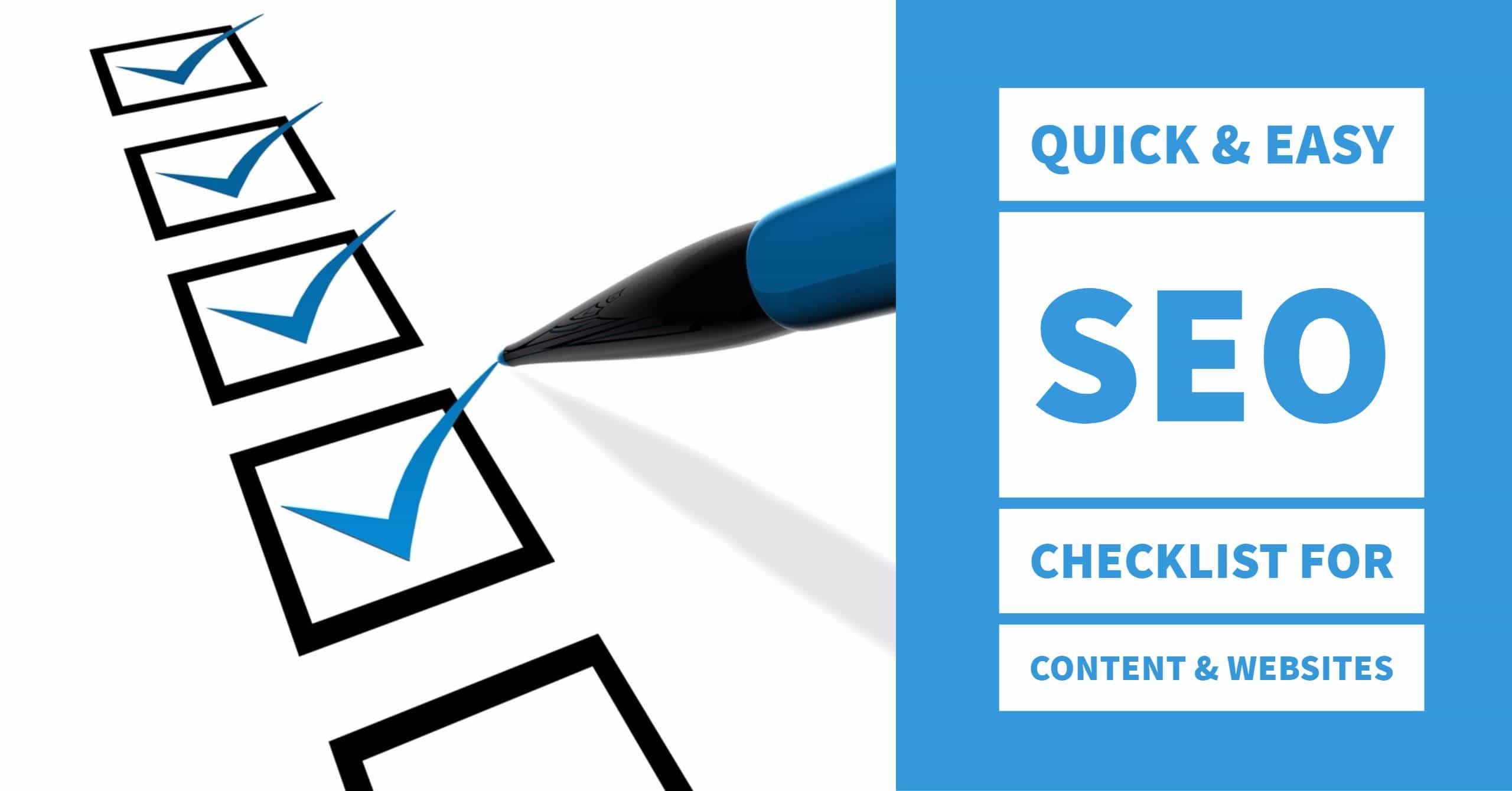Search engine optimization is vital for essentially every web page and website. While SEO is often treated like “rocket science”, and indeed there is a lot of expertise that goes into it, there are also steps that anyone can take to improve their search engine ranking. That’s why we put together this quick SEO checklist so you can audit your own content and website.
Before jumping into the SEO checklist, remember that you should always write your content for human users. Search engines search primarily for content that is highly relevant and of great quality for users. So by providing great content, you can also appeal directly to search engines.
1. Spell check, spell check, spell check
First up on my SEO checklist is a common but often under utilized tool: spell check. Always proof your content and use a powerful spell check tool. In my experience, Google Docs provides the best spell check software, and most likely, Google’s search engine uses the same spell check tools to examine content. Content that is riddled with typos and spelling errors is going to be ranked poorly by search engines.
2. Be Conscious of Keywords
Keywords are the words that people type into search engines. There can be long-tail keywords (i.e. the best Sicilian pizza shop in NYC) or short-tail (pizza shop). Users use both with quite high frequency. There are a variety of SEO tools you can use to research keywords.
Use both types of keywords. And be conscious of keywords as you write. No, you don’t have to (and shouldn’t) stuff content with keywords. But you should slot in relevant keywords when it is appropriate and when you can do so naturally. For this article, by the way, I am trying to pepper in SEO checklist. Numerous other SEO keywords are being used as well (SEO, keyword, SEO tools, etc).
3. Use Headers and Make Them SEO Keyword Rich
As you might have noticed, our SEO checklist contains a lot of headers. That’s because we know that search engines pay very close attention to headers. Why? They are vital for organizing content and allowing users to find information that is important to them.
4. Make Your Search Engine Optimized Content Media Rich
Make sure you use lots of charts, images, videos, and other types of content. Search engines pay close attention to this content because users tend to enjoy consuming it. You’ll have to plug in “alt tags” with keywords so that the bots can recognize them. Make sure you pay attention to alt-text as it is very important for SEO.
5. Increase Your Content’s Length
Last up on our SEO checklist: content length. “Champion” content, or the content you’re targeting for front pages, should be long. Fact is, most search engines rank longer content as better than shorter content. This content is seen as more authoritative, and more likely to contain information relevant to your readers.
With shorter content, you should focus on specific points. Further, keep in mind that simply because a search engine isn’t ranking a particular article or page on the front page, that doesn’t mean that the content is not contributing to your overall rankings.
Hope you enjoyed our SEO content checklist!
